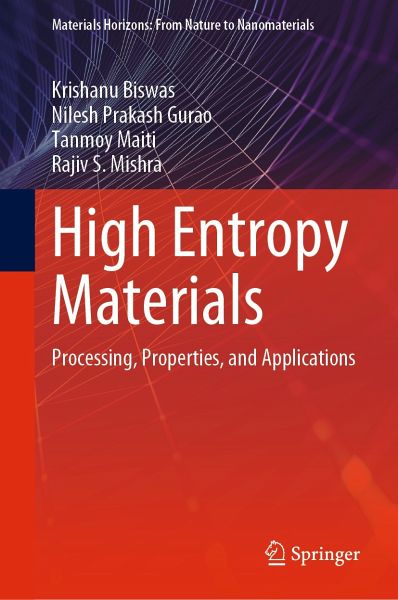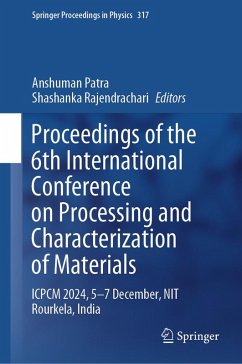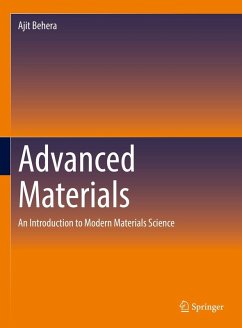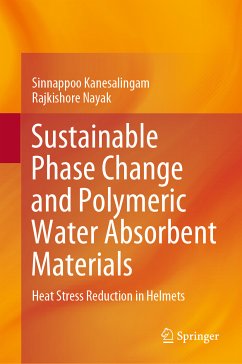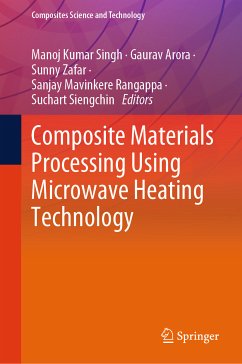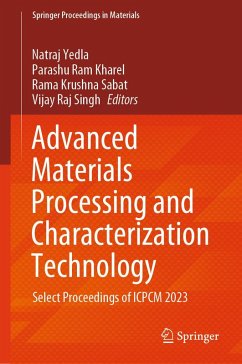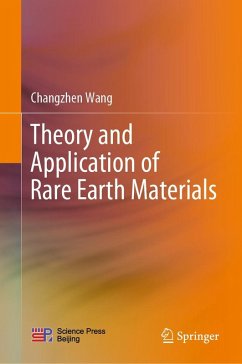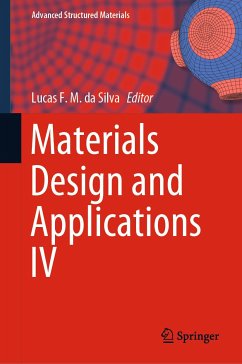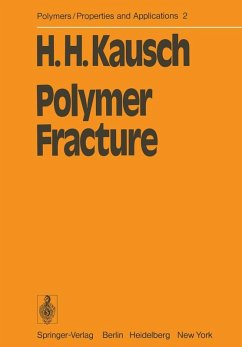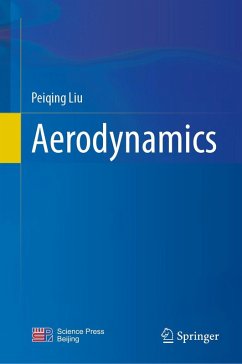Dr. Krishanu Biswas is currently Ranjit Singh Chair Professor at the Department of Materials Science and Engineering of Indian Institute of Technology Kanpur. The research work performed by him ranges from development of complex concentrated high entropy alloys, understanding the solidification behaviour of alloys, novel processing of ceramic composites, the alloying behaviour at nanoscale, and development of bulk alloy catalysts for hydrogen energy and environment. He has published over 200 papers in international repute peer-reviewed journals and delivered 52 invited talks in different national and international conferences. He is Principal Inventor of three patents. He has international collaboration with Japan and Germany. He teaches extensively at IITK on variety of subjects including phase equilibria, manufacturing processes, phase transformations, process metallurgy, solidification processing, etc. He has taught large number of courses at IIT Kanpur and developed courses on NPTEL platform as well as Massive Open Online Courses for the benefit of students in the materials science community in last 5 years. He has received numerous awards, fellowships and professional reorganization. He has co-edited several issues on high entropy materials in various international journals of repute, including Scripta Materials. He is Member of inaugural editorial board of High Entropy Alloys & Materials, by Springer Nature. He is also on the editorial board of Transactions of Indian Institute of Metals. He has served as Key Reader for Metallurgical and Materials Transactions, A (2013-2016).
Dr. Nilesh Prakash Gurao is presently working as Associate Professor at the Department of Materials Science and Engineering at the Indian Institute of Technology Kanpur, India. He completed his undergraduate degree in Metallurgical and Materials Engineering from Visvesvaraya National Institute of Technology, Nagpur, India, in 2005 and Ph.D. from the Department of Materials Engineering at the Indian Institute of Science, Bangalore, India, in 2010. He has worked as Postdoctoral Fellow in the Department of Mechanical Engineering at the University of Saskatchewan, Saskatoon, Canada, before joining as Assistant Professor at IIT Kanpur in 2012. He has established the Microstructure-Texture-Stress Laboratory at IIT Kanpur and is presently carrying out research in the broad domain of crystallographic texture, mechanical behaviour of materials and materials processing. His current research interests include in situ experiments using electron backscatter diffraction, synchrotron and neutron diffraction, complex concentrated alloys and additive manufacturing. He is Recipient of the Young Metallurgist of the Year award and the INSA medal for young scientist and is working towards establishing high throughput experimentation facilities towards rapid prototyping of materials and processes for structural applications.
Dr. Tanmoy Maiti is Associate Professor in the Department of Material Science and Engineering at the Indian Institute of Technology Kanpur, India. Dr. Maiti received his Ph.D. in Materials Science and Engineering from The Pennsylvania State University, University Park, USA, in December 2007. Prior to joining IIT Kanpur, he did his postdoctoral research in Lawrence Berkeley National Laboratory and Pennsylvania State University. He received "PK KelkarYoung Faculty Research Fellowship" from IIT Kanpur for outstanding research. Dr. Maiti is also Recipient of the IEI Young Engineers Award, India. He has been featured in Journal of Materials Research focus issue on "2019 Early Career Scholars in Materials Science". His research interests span the areas of thermoelectrics, plasmonics, photovoltaics and oxide electronic materials and devices. However, a common thread in his research is to address the global energy problem by developing novel materials for clean energy generation and the design of next generation chip-scale technology based on nanophotonics and nanoelectronics.
>400 papers in peer-reviewed journals and proceedings and is Principal Inventor of four US patents. His current publication-based h-index is 75, and his papers have been cited more than 32000 times. He has co-authored two books: (1) Friction Stir Welding and Processing and (2) Metallurgy and Design of Alloys with Hierarchical Microstructures. He has edited or co-edited fifteen TMS conference proceedings. He served as Associate Editor of the Journal of Materials Processing Technology (2018-21) and is on the editorial boards of Materials Science and Engineering A, Science and Technology of Welding and Joining, and Materials Research Letters. He is Founding Editor of a short book series on Friction Stir Welding and Processing published by Elsevier and has co-authored seven short books in this series.
